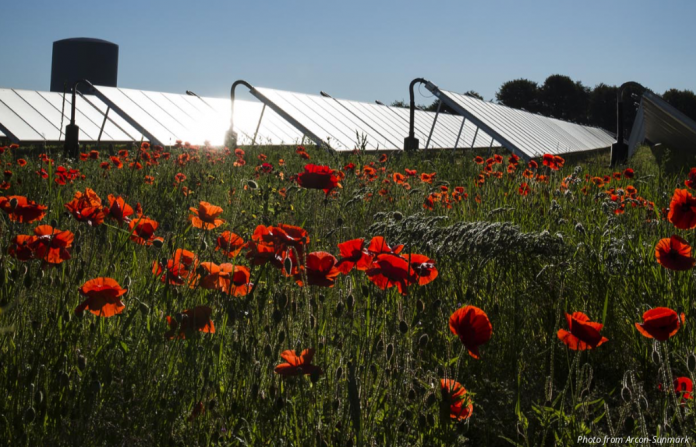Sten Linnell, Digital Product Owner at Grundfos Holding A/S, explains how using data can simultaneously save the district heating sector money and reduce CO2 emissions
In future energy systems, the role of digitalisation will play a major role in making the systems smarter, more efficient, more reliable and able to make better use of renewable energy.
Digitalisation as the change-agent towards fourth generation district heating
Digitalisation will accelerate change, allowing us to provide sustainable energy at competitive prices, enabling the district energy sector to take a central role in the green energy transition. The EU Horizon 2020 project Heat Roadmap Europe shows the share of district energy could increase from today’s 12% average (in EU) to 50%, contributing significantly to a cost-efficient and green energy transition. Digitalisation can help unleash this potential by facilitating the shift to modern, fourth generation district energy systems.
Big data analytics for optimal efficiency
Combining data sources such as heat meter and BBR data from buildings, GIS data from heat grids and weather data can help district heating companies to identify the most valuable energy-saving investments and make better fact-based decisions.
Through intelligent big data analytics, temperatures and pressures in the district heating grids can be significantly optimised, simply by utilising these existing data points to better control the heat grids. This will save energy and increase the capacity of the heat grids, even without replacing pipes and investing in new installations.
District heating: The backbone of the green energy transition through low grid temperatures
Temperatures play a major role in the overall efficiency of district heating grids. Low temperatures are desirable because they allow high heat production efficiency and minimum heat losses. Furthermore, low grid temperatures benefit the injection of a larger variety of low-temperature renewable and excess heat sources.
The journey for the hot water from the district heating plant to the radiators typically takes several hours, which is why the heating requirement must be predictable. Increasing heat production above requirement levels is undesirable, as it costs money and wastes energy—just as the temperature loss in the pipes is bigger at higher temperatures. At the same time, the water must be sufficiently hot at the so-called critical points on the periphery of the supply network, therefore a great control balance is essential to deliver exactly the energy required – nothing more and nothing less.
A study carried out by Damvad Analytics together with Denmark’s largest smart city project (CITIES) and the Green Energy Association shows that the district heating sector can save between DKK 240 and 790 million by introducing data-driven temperature control of the flow temperature, as the temperature can be lowered three to ten degrees, also resulting in significant carbon reductions.
Fact box: Energy production and consumption account for 75% of our greenhouse gas emissions. The energy system is therefore crucial to delivering on the European Green Deal’s objective of reaching climate neutrality by 2050.
A holistic approach to reach optimal grid efficiency
To reach the best possible optimisation of the heat grid, three main solutions must be combined:
- Temperature and pressure optimisation products and controls which enables you to lower temperatures far more than 10oC in most district heating zones.
- A digital solution to analyse the available data sources.
- Building balancing visits to optimise the performance of the consumers heat systems.
The outcome of these three solutions combined is a positive loop that lower the heat loss in supply and return pipes, improves grid capacity and makes it possible to utilise surplus heat from industry and low-temperature renewable and excess heat sources. Furthermore, the lower temperatures will increase the lifetime of pipes and technical installations.
Let’s act now: The solutions are here
Luckily GDPR compliant systems are already in place to handle data insights in a secure way, which make it possible to execute on the optimisation purposes. The same goes with the end-to-end solution – we call it Grundfos iGRID.
Low temperature zones in district heating with Grundfos iGRID:
References
- https://www.dtu.dk/english/news/2020/10/eng-digitalisering-i-fjernvarmen-bidrager-til-2030-maal??id=5c3a7c1a-867b-4ea0-b1854be5dd65e371#:~:text=Using%20data%20and%20local%20weather,money%20and%20reduce%20CO2.
- https://foresightdk.com/digitalisation-is-revolutionising-district-energy/
Please note: This is a commercial profile
© 2019. This work is licensed under CC-BY-NC-ND.











